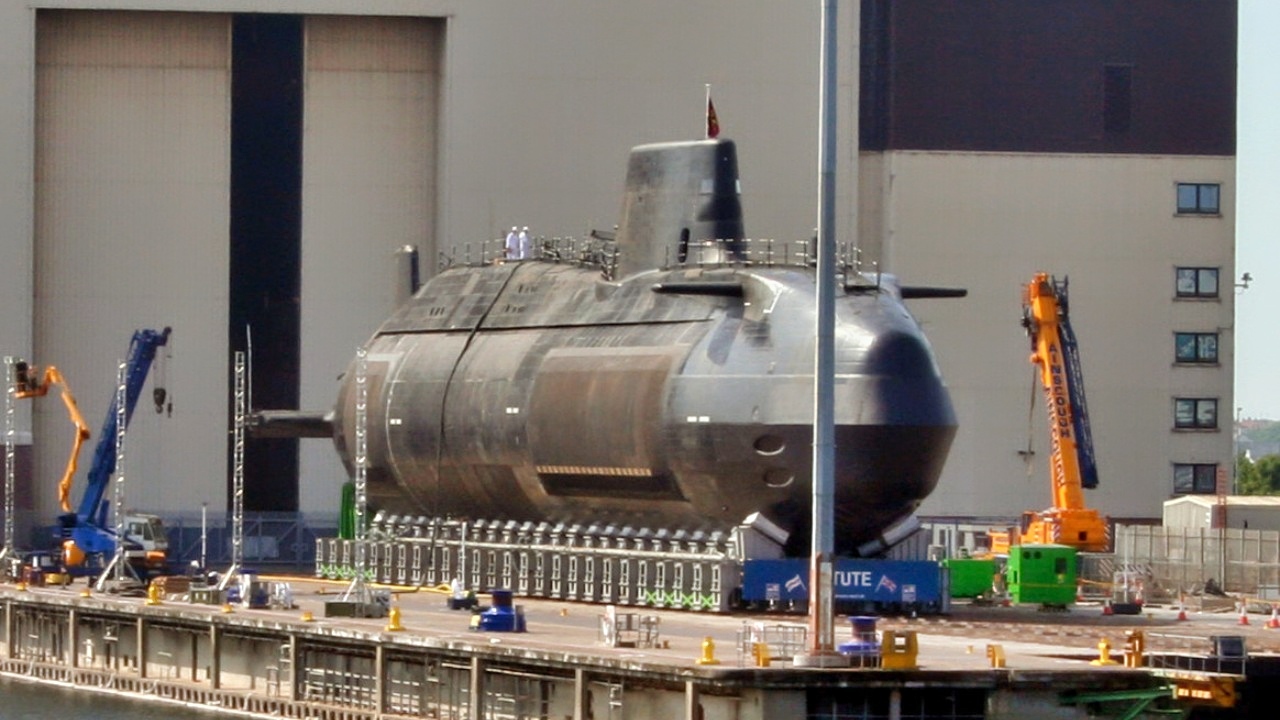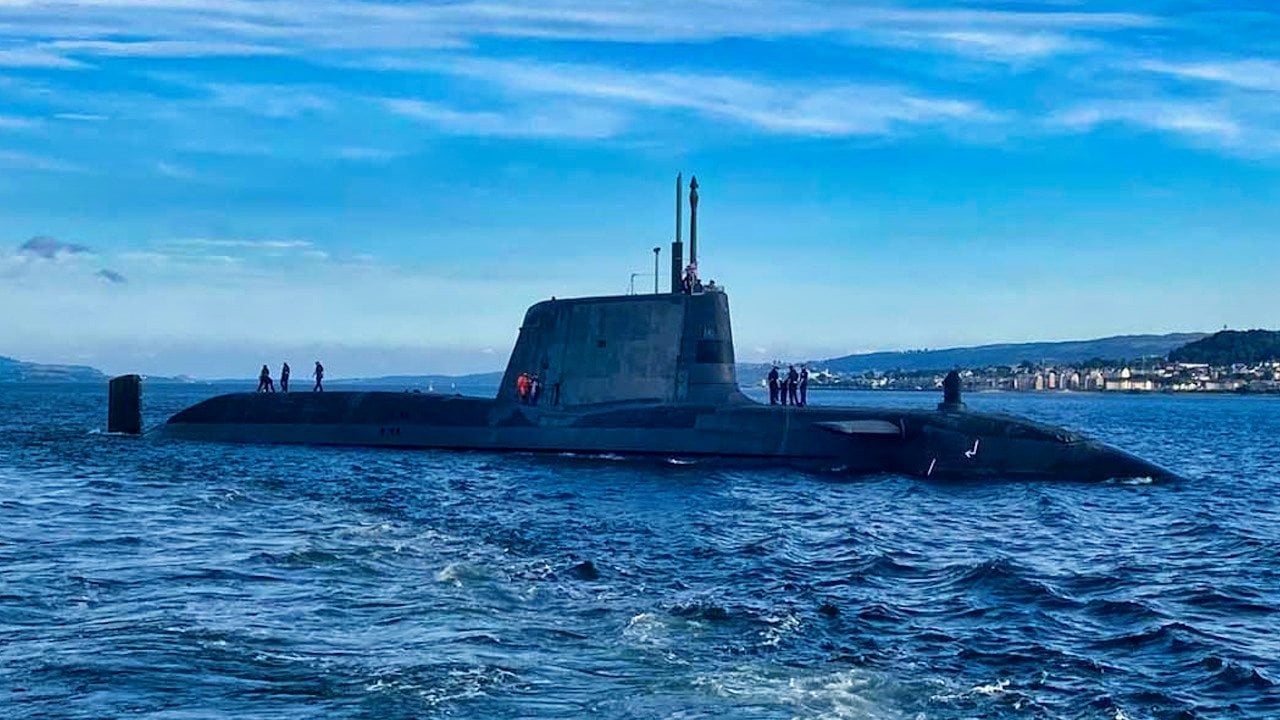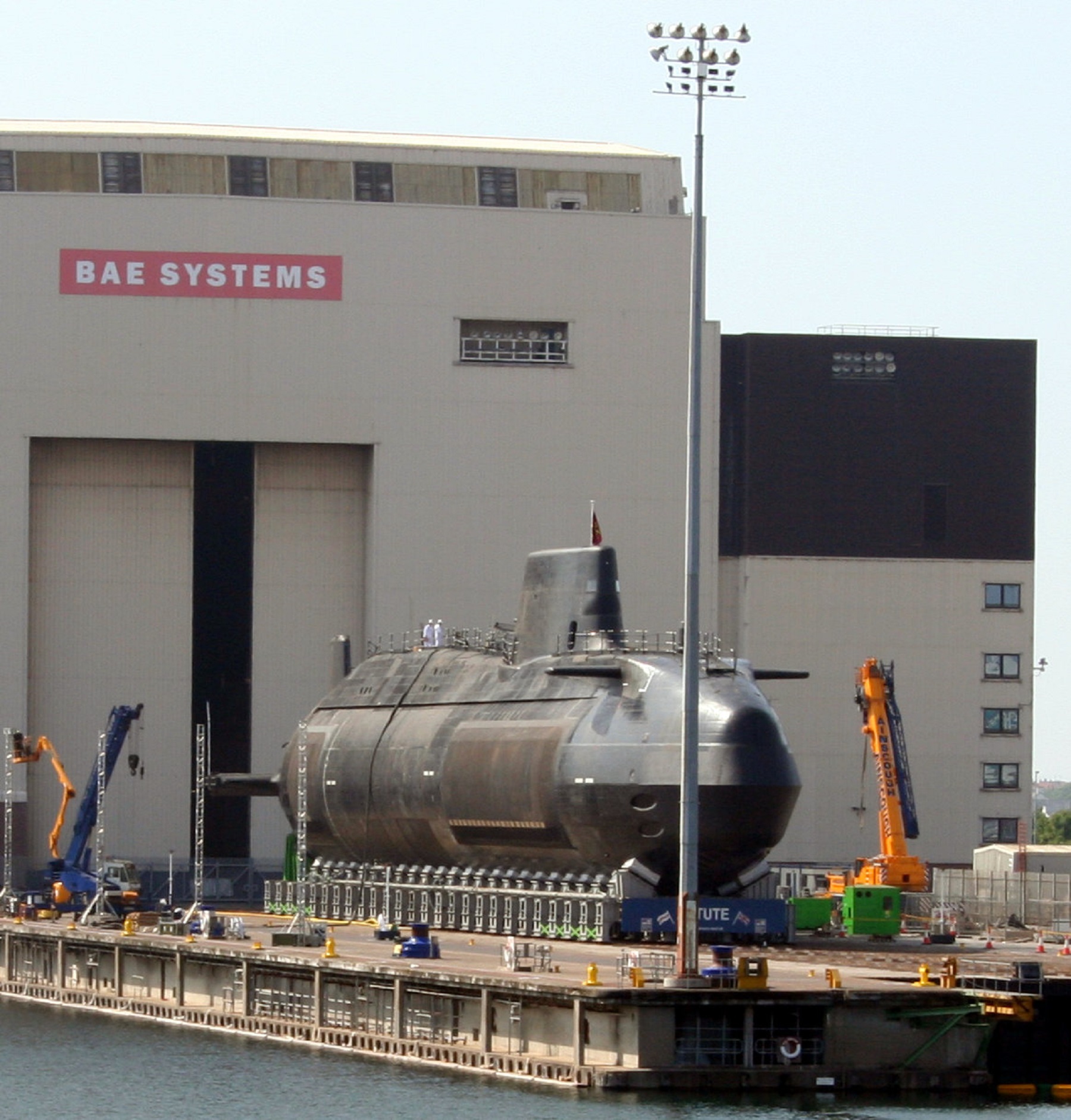HMS Agamemnon: The New Powerhouse Astute-Class Submarine Can Be Explained in 1 Word
The Royal Navy is preparing to welcome HMS Agamemnon, its sixth Astute-class nuclear-powered attack submarine, into service by 2025. Capable of carrying nearly 40 Spearfish torpedoes and Tomahawk Block IV cruise missiles, Agamemnon will play a critical role in intelligence, surveillance, and strike missions.
This Submarine Is a Powerhouse: The Royal Navy is preparing to welcome HMS Agamemnon, its sixth Astute-class nuclear-powered attack submarine, into service by 2025. Capable of carrying nearly 40 Spearfish torpedoes and Tomahawk Block IV cruise missiles, Agamemnon will play a critical role in intelligence, surveillance, and strike missions.

Bottomline: Named after the legendary Greek king, the submarine continues the Royal Navy’s tradition of powerful fleet submarines, with roots in its famed Silent Service. As the Royal Navy modernizes its fleet, Agamemnon will bolster Britain’s underwater capabilities, providing a potent deterrent in potential conflicts against adversaries like China or Russia.
How Can We Describe this Sub in One Word: Fierce
HMS Agamemnon: The Royal Navy's Latest Submarine Poised for Action
The Royal Navy will soon be adding a new nuclear-powered attack submarine.
The HMS Agamemnon, the sixth vessel of the Astute class, recently rolled out from the shipyard and moved toward the final phase of its construction.
As part of a modernization and shipbuilding scheme, the Royal Navy is adding newer and more capable warships to its fleet in an attempt to regain some of its former glory.
HMS Agamemnon, This Astute-Class Submarine Looks Fierce
Named after the ancient Mycenae king who led the Greek expedition against Troy to reclaim Helen, the HMS Agamemnon will soon join the fleet of the Royal Navy’s Silent Service.
The submarine finished its wok on the shipyard and will soon start testing before it joins the active fleet.
In terms of capabilities, as an Astute-class submarine, the HMS Agamemnon will carry almost 40 Spearfish 533mm heavyweight torpedoes and also Tomahawk Block IV land-attack cruise missiles with a range of approximately 1,000 miles.
In addition to attack missions, the HMS Agamemnon will be able to carry out intelligence, surveillance, and reconnaissance missions.

“HMS Agamemnon is the sixth of the Astute Class nuclear-powered fleet submarines. Together with her sister vessels, she will be one of the most advanced submarines ever constructed,” the Royal Navy states about its upcoming nuclear-powered submarine.
In terms of nomenclature, the Royal Navy uses the “fleet” rather than “attack” submarines for subs designed to tract and attack enemy shipping.
Once the sub is commissioned in 2025, it will become the fifth ship of the same name to enter service with the Royal Navy since 1781. Interestingly, the first HMS Agamemnon was a 3rd rate ship of the line (64 guns) that was commanded for three years by the legendary Horatio Nelson; the warship subsequently fought in the Battle of Trafalgar against the combined Franco-Spanish fleet during the Napoleonic Wars, the same naval action in which Nelson was killed while in command of the British fleet.
The Silent Service
The Royal Navy knows a thing or two about submarines.
During the Falklands War against Argentina in 1982, the Royal Navy’s submarines were able to establish a no-sail zone around the islands, preventing the Argentine Navy from reinforcing the garrison.

Moreover, HMS Conqueror sunk the Argentine battle-cruiser ARA General Belgrano, making it the first and only nuclear-powered attack submarine to have engaged and sunk an enemy ship with torpedoes. To this day, the action is one of three known successful submarine attacks against surface combatants since World War Two.
The Royal Navy has been suffering from some serious force availability issues, but London hopes to solve those problems in the near future and remain a credible and valuable partner.
In a potential conflict with China or Russia, attack submarines would be a key element in a naval campaign. One kill is enough to spread fear to an enemy fleet and change the dynamics in the entire theater of operations. Nuclear-powered submarines are that much more effective because they make less noise than diesel-powered subs and can also stary underwater and at sea for much longer periods of time.
Although the Royal Navy can’t match the number of attack submarines that the U.S. Navy and the People’s Liberation Army Navy can put out there, a well-trained force can make the difference.
About the Author:
Stavros Atlamazoglou is a seasoned defense journalist specializing in special operations and a Hellenic Army veteran (national service with the 575th Marine Battalion and Army HQ). He holds a BA from Johns Hopkins University and an MA from the Johns Hopkins School of Advanced International Studies (SAIS). His work has been featured in Business Insider, Sandboxx, and SOFREP.
Image Credit: Creative Commons and/or Shutterstock.


